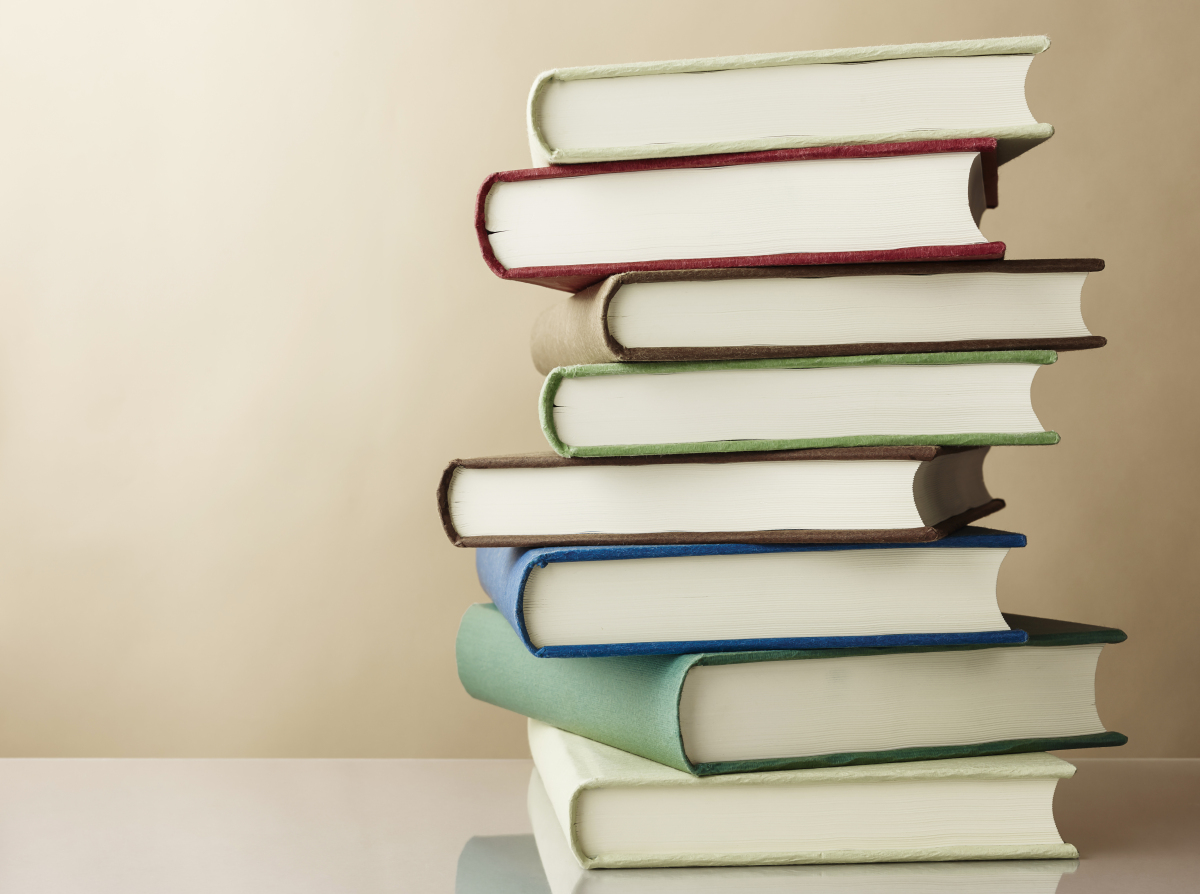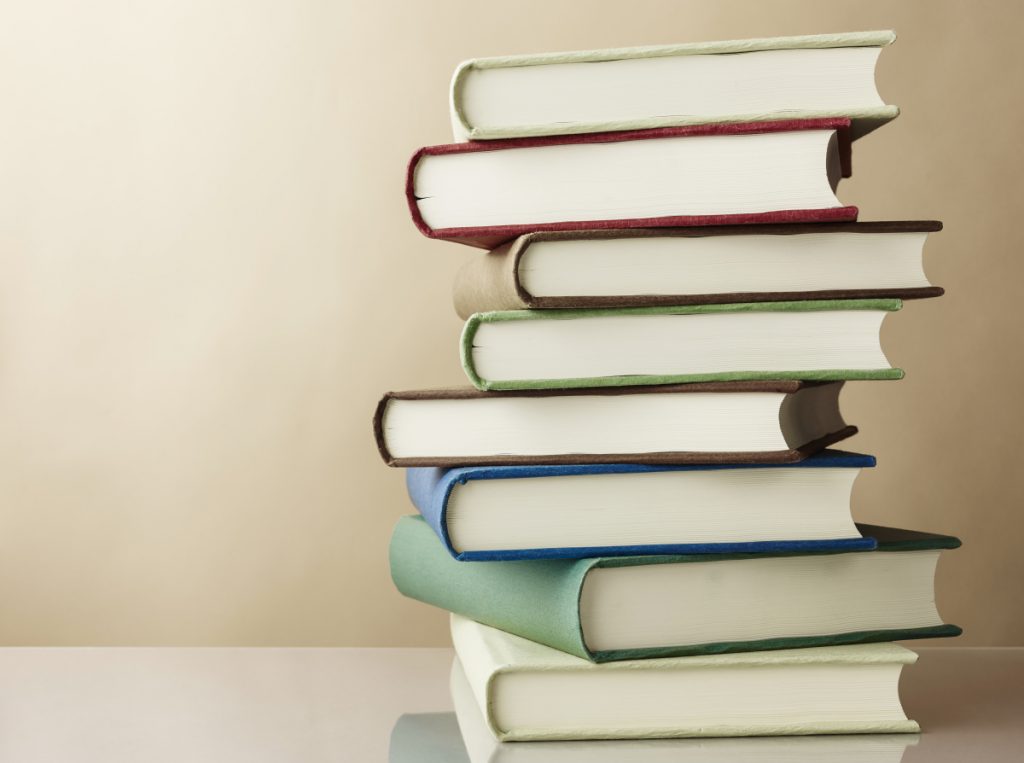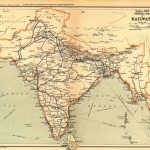

By Risa Gluskin
While social distancing, I’ve gotten to thinking about the books we, as teachers, read, and how they influence us in our teaching lives.
At my school, we used to have a 20-minute daily reading period called YM Reads. Some years ago it was replaced by a 20-minute mental health break called YM Reset, which, in reality, is basically a free-for-all on cell phones.
Oh, the number of books I read during the YM Reads era! I tried to be a good role model and I enforced quiet so others could read. Now, no one reads. That worries me.
Change Course Content
Sometimes we read for content, especially if we’re teaching a course for the first time. Earlier in my career when I realized that my world history education was not strong enough to support my goal of teaching a broader world history, I began to immerse myself in subjects I hadn’t learned about in high school or university history courses.
A few books emanating from this quest are worth particular mention. As a student of American history I was pretty well-versed on slavery but I knew little of the Trans-Atlantic slave trade. The Slave Ship: A Human History by Marcus Rediker (2007) filled in a lot of the gaps. To this day I still read the opening pages of it as the “Minds On” for my first lesson on the slave trade in grade 12 World History.
King Leopold’s Ghost: A Story of Greed, Terror and Heroism in Colonial Africa (1998) by Adam Hochschild made up for a gap in my historical knowledge. In my six years studying history at university I had not heard of this brutal example of imperialistic genocide in the Congo. It became a mainstay of the imperialism section of my course, the classic example of “what reshaped the world.”
Change our Approach
Our understanding of a topic expands as we teach a course or subject for multiple years. Such was the case for me with industrialization and its relation to slavery and imperialism. I knew that British industrialization of the late 18th and 19th centuries could not have occurred without cotton-growing colonies or enslaved people to harvest the cotton, but I didn’t understand the depth of that interrelationship. After reading and taking notes on Sven Beckert’s 2015 epic Empire of Cotton: A Global History I made sure that the interrelated histories were the main idea, not a footnote. Progress for some at the expense of decline’s forever never had a clearer exemplar.
Develop Historical Skills
Over the years I have created many assignments and activities based on books I’ve read. One of my best was a primary source-based activity derived from cartoons from Timothy Tackett’s 2003 book When the King Took Flight. Putting the cartoon images in chronological order allowed students to trace the progress of the first phase of the French Revolution through images of King Louis XVI and his family. Students built up their ability to interpret and “closely read” documents while applying French Revolution content.
One thing I actively enjoy in history books is ambiguity. I love those moments where authors reveal seemingly forbidden knowledge: they don’t know for sure, people generally assume a lot, not all historians agree, etc. Mary Beard is my favourite author for that. I’ve read three of her books in the last few years after seeing her irreverent personality on her TV version of the history of the Roman Empire. More recently I read her 2008 history of Pompeii – The Fires of Vesuvius: Pompeii Lost and Found. She so often challenges popular conceptions that it becomes assumed she will differ with what the mainstream, even the tour guides, have to say about the Roman town. And she does it with such humour! Even though I’ve never used any of Mary Beard’s quotes in my history classes, I certainly use her approach: When I teach, I am very clear that my students do not need to agree with me. I try to help them see that evidence and theories of history have different levels of plausibility: red light, yellow light, green light. They must not just accept what they read.
Influence Our Students
The books we read impact our emotional lives. These effects rub off on our students, explicitly and implicitly. I love to bring my books to school – I have a huge collection in my classroom. I love to talk about what I’m reading and I blog about it, too. Having recently read Tara Westover’s Educated (2018), I am even more attuned to how any (good or bad) values toward education can influence students, even outside of formal education. Tara Westover’s story is one of overcoming her lack of formal education and surviving all of the horrible experiences, abuses and misleading beliefs her parents taught and inflicted upon her. In this highly connected age, we do not know all of the forces that act upon our students.
Reading a Book for a Course
When I was editor of Rapport I had a very difficult time getting teachers (and others) to contribute articles. A saving grace for me was book reviews by teacher candidates at OISE compiled by their instructor, John Myers. Admittedly, I used to snicker to myself when many of the future teachers would describe how they’d hypothetically incorporate a book into a course. I should not have been so glib; it is a noble goal. I even know a few grade 12 history teachers who do it! Regrettably, I’ve only tried it once for Challenge and Change in Society.
Given the extraordinary times and how creative we need to be to inspire our students to continue reading, I might suggest that Mark Sakamoto’s Forgiveness: A Gift from My Grandparents (2014) would be an excellent class book for Canadian History. It’s the parallel stories of the author’s grandparents: one set of grandparents were forced to leave BC as part of the internment of Japanese Canadians; the other grandfather was a Japanese prisoner of war in Hong Kong.
Best of luck to everyone during these trying times; may books be your solace.


